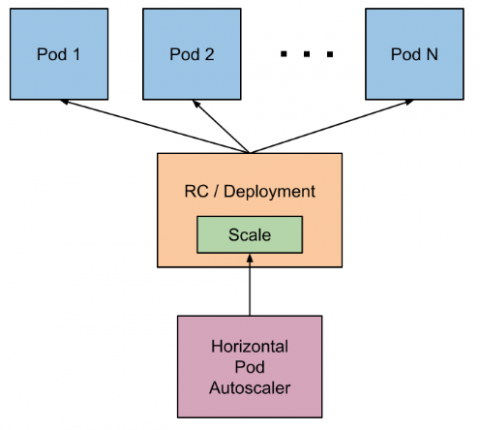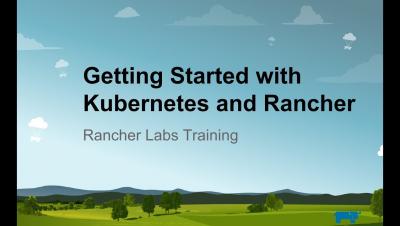What's New in Sentry - June/July Changelog
June and July are traditionally slow months. The sun is out, and there’s too much work reflecting off all our monitors for any of us to get much work done. For us, it’s doubly slow as we’re putting all of our efforts towards a big launch later this year. Still, some great stuff came out.











